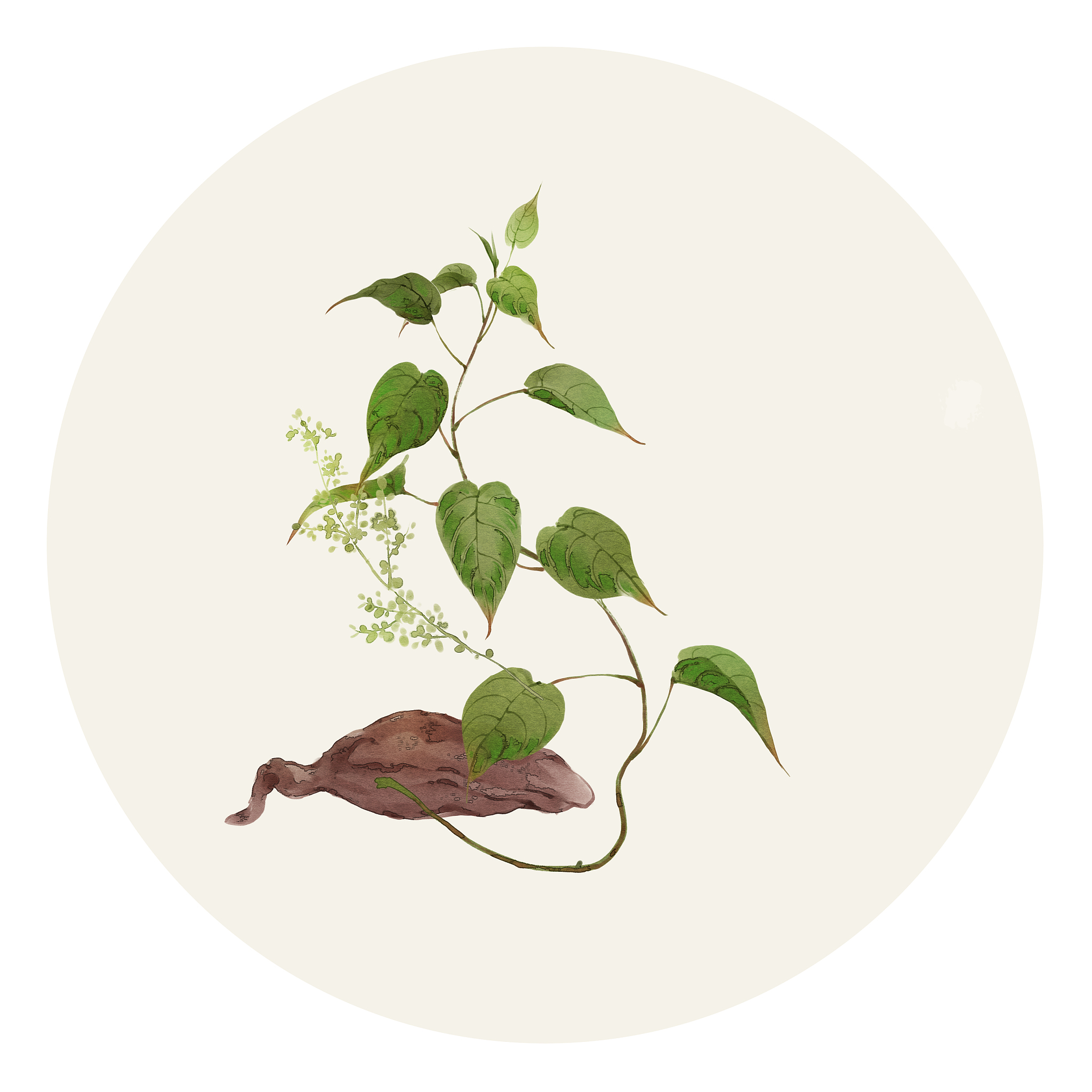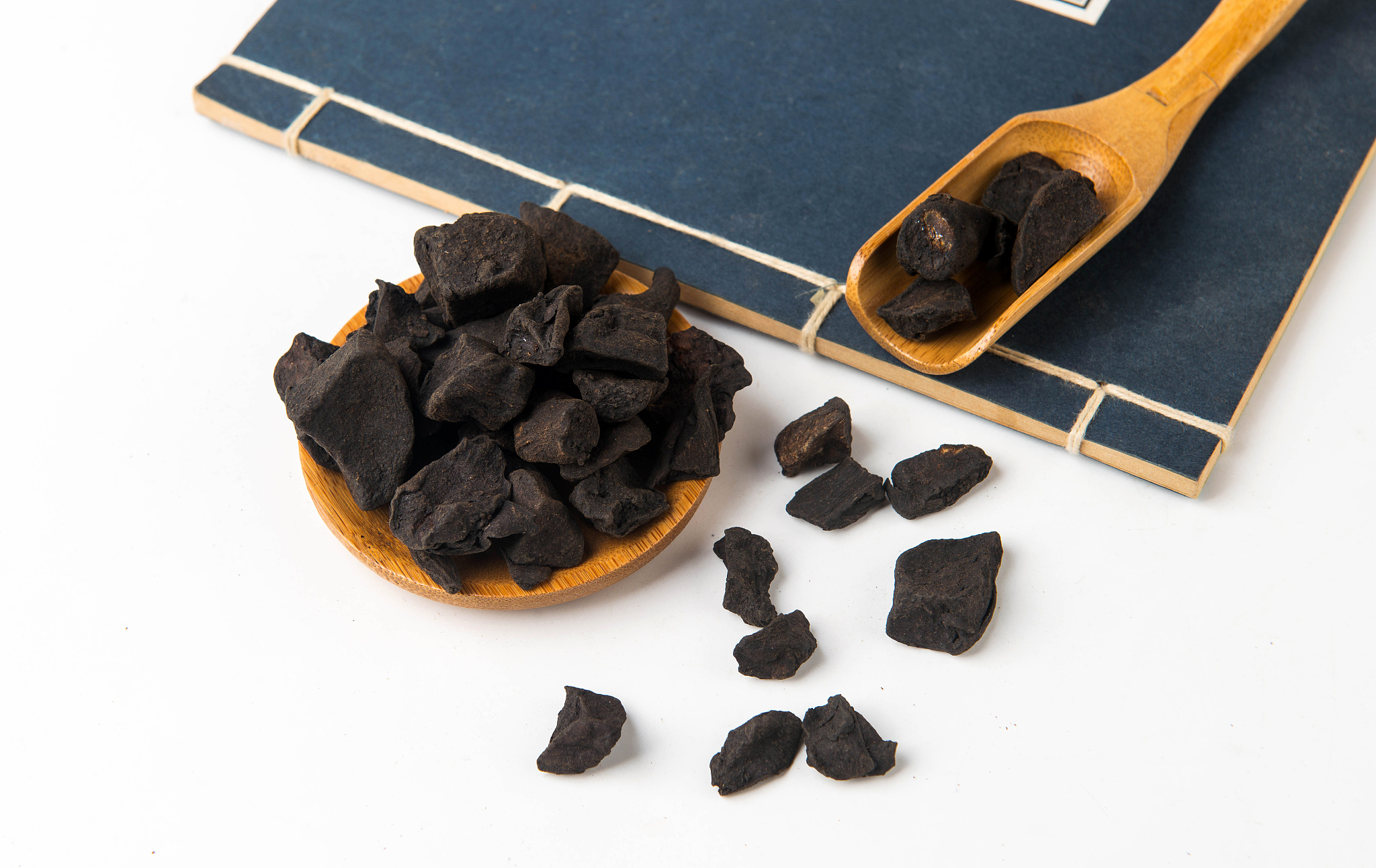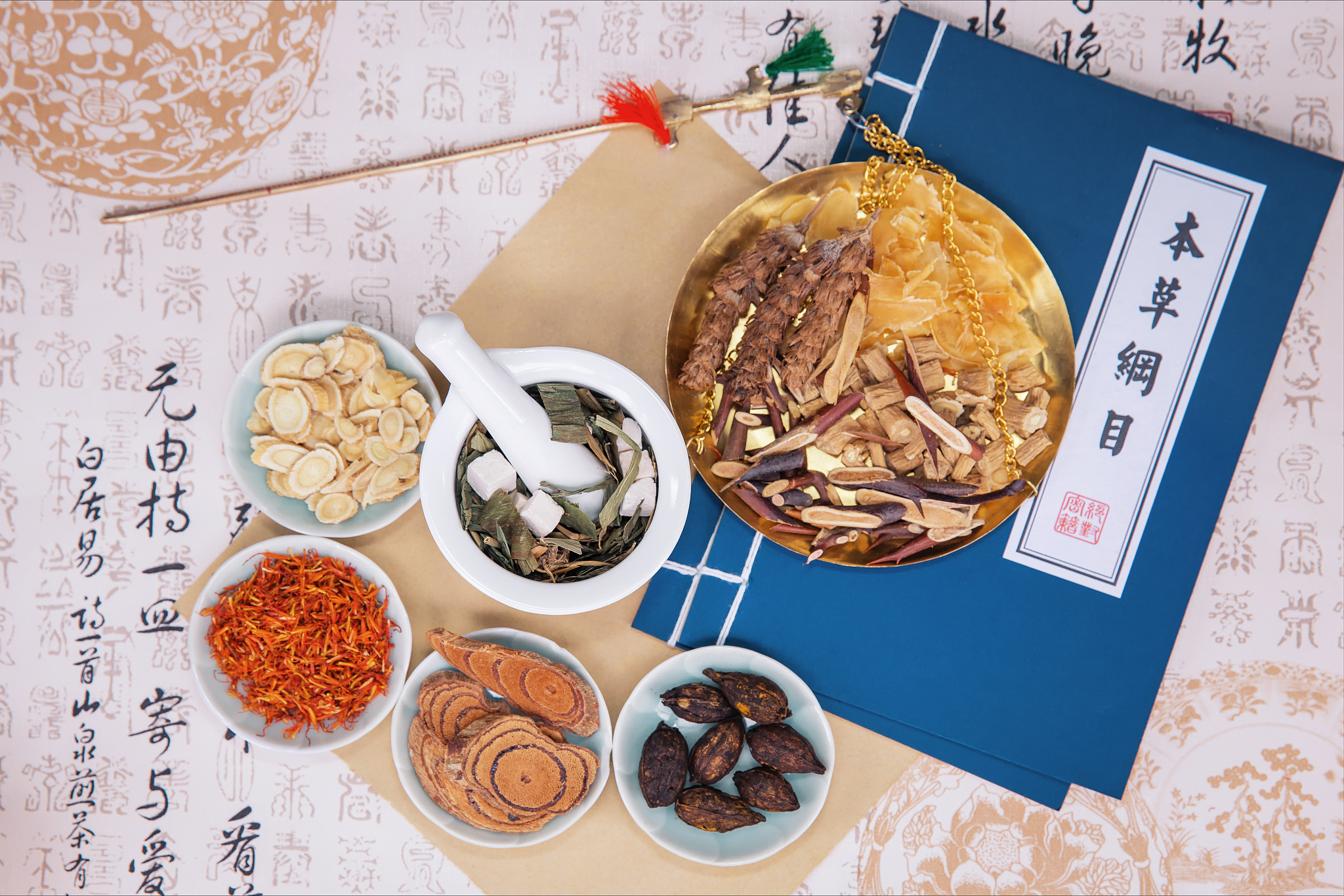"The Legend of He Shouwu" written by Li Ao in the Tang Dynasty tells a story about a sickly man who magically became strong after eating a plant's root tuber.
Once upon a time, there was a man in the village whose name was He Shouwu. He was born weak and sick. One day, he went to the mountains to collect herbs. Suddenly he saw the vines of a plant intersecting. When he untied the vines, they would tie themselves again, which surprised him. He dug up the root tuber of the plant and took it back to the village.

When all the villagers were wondering what kind of plant it was, an old man from the mountain said to He Shouwu, "The vines intertwine, which must be a sign. It could be a gift from the gods, why not give it a try?" After hearing this, He felt that it made sense, so he ground the root into powder and took it. As the story has it, he recovered from his illness, his white hair turned black and he became stronger after a year of taking the powder.
Knowing this story, the writer named the root tuber after He Shouwu and wrote it down for posterity.
The mythical Chinese herb, which looks like a sweet potato, is called fleeceflower root (Heshouwu in Chinese).

As Li Shizhen wrote in "Compendium of Materia Medica," (Ben Cao Gang Mu), Heshouwu mainly treats pain in the waist and knee, itching, difficulty in walking, excessive sweating, scrofular tuberculoderm and sore boils.
According to the "Chinese Pharmacy Dictionary," it's clinically used to treat malaria, whooping cough, furuncle and lower serum cholesterol.
The root tuber of Polygonum multiforum Thunb has a bitter, sweet and astringent taste and a mild warm nature. It is mainly used as medicine.
This perennial herbal plant of the Polygonaceae family is widely disturbed in China. It is now mainly cultivated and produced in Henan, Hubei, Guizhou, Sichuan, Jiangsu, and Guangxi. It grows in shrubs in valleys, hillside forests, ditches and crevices at altitudes of 200 to 3,000 meters.
There are concerns that the toxicity of Heshouwu may cause liver damage. Jin Shiyuan, respected as the "master of Chinese medicine," once responded to this question, "Heshouwu must be processed before it can be applied, and the processed products have been detoxicated."
"No matter how good the medicine is, don't take it casually," he added. "Traditional Chinese medicine needs standardized processing and rational use."

About 'The Great Herbs' series:
Chinese herbal medicine is the precious legacy of the Chinese people's struggle against diseases for thousands of years and the essence of Chinese culture accumulated over this time. The "Compendium of Materia Medica," written by Li Shizhen, is a valuable heritage of ancient Chinese medicine and botany that has played a significant role in promoting the development of medicine and pharmaceuticals in China and even the world. In this series, CGTN explores some of the great herbs mentioned in the book.
For more:
The Great Herbs: The first of China's nine immortal herbs
The Great Herbs: The buster of blood
The Great Herbs: Flowers with two colors
The Great Herbs: The king of hundreds of herbs
The Great Herbs: Ancient 'mushroom of immortality' on rotten woods
The Great Herbs: Herb with a fishy taste
The Great Herbs: Licorice 'the old man' in the kingdom of medicine
The Great Herbs: Red arrows
The Great Herbs: Heal-all herb withers in summer
The Great Herbs: From natural dye to herbal medicine
The Great Herbs: The malaria buster
The Great Herbs: Female ginseng
The Great Herbs: Medicinal value behind the beautiful flower
(If you want to contribute and have specific expertise, please contact us at nature@cgtn.com.)

